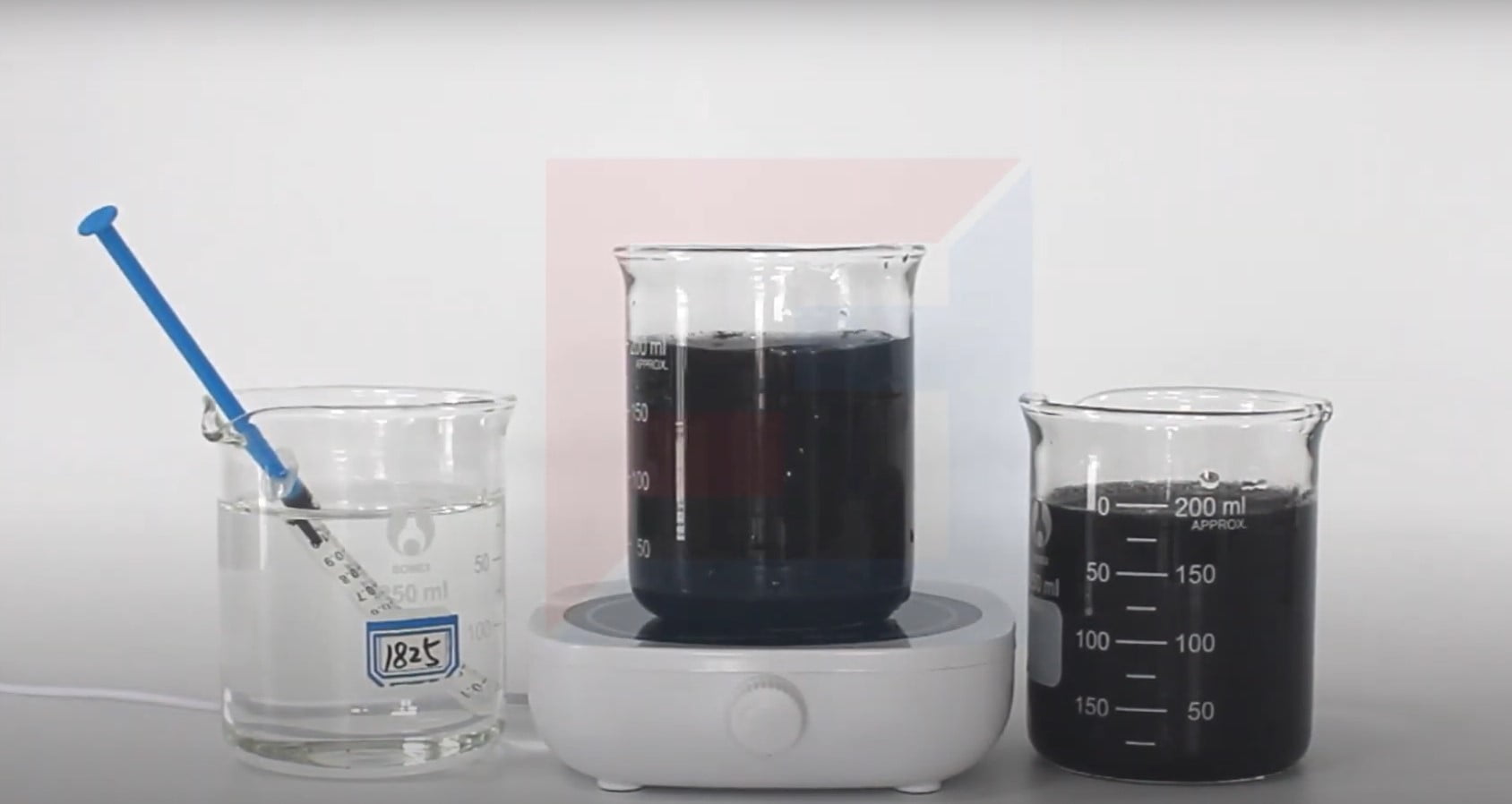How to Treat Spray Paint Wastewater from Furniture Factory
Furniture factories need to select effective water treatment agents based on the characteristics of spray paint wastewater treatment. When furniture factories treat spray paint wastewater, they must first understand that the source of furniture spray paint wastewater is mainly wastewater generated in the coating process of items, such as sofas, coffee tables, and TVs. Cabinets, chairs, tables, wardrobes, beds and other accessories.

1. Processing principles
The treatment of spray paint wastewater from furniture factories should follow the principles of "source control, classified collection, and comprehensive management." Through measures such as optimizing production processes, reducing emissions, and improving resource utilization; at the same time, we conduct classified collection and treatment according to the different properties and characteristics of wastewater.
2. Processing steps
preprocessing
Pretreatment is the first step in spray paint wastewater treatment. The purpose is to remove large suspended solids in the wastewater and reduce the load on subsequent treatment equipment. Commonly used pretreatment methods include grid filtration, grit tank sedimentation, grease trap degreasing, etc.
coagulation sedimentation
Coagulation and sedimentation is one of the key steps in the treatment of spray paint wastewater. By adding coagulant to the wastewater, suspended solids, colloids and other pollutants in the wastewater are formed into larger particles and precipitated. After coagulation and sedimentation, the concentration of suspended solids in the wastewater is greatly reduced, which provides favorable conditions for subsequent treatment.
biological treatment
Biological treatment is an important step in the treatment of spray paint wastewater. It uses the metabolism of microorganisms to transform organic matter in the wastewater. Commonly used biological treatment methods include activated sludge method, biofilm method, etc. During the biological treatment process, water temperature, pH value, dissolved oxygen and other conditions need to be controlled.
Depth processing
Advanced treatment is the further treatment of wastewater after biological treatment. Commonly used advanced treatment methods include activated carbon adsorption, ozone oxidation, etc. The quality of wastewater after advanced treatment is further improved and can meet more stringent discharge standards or reuse requirements.
Sludge treatment
During the spray painting wastewater treatment process, a large amount of sludge will be produced. Sludge contains a large amount of organic matter and other substances and needs to be properly treated. Commonly used sludge treatment methods include concentration, dehydration, drying, incineration, etc. Through sludge treatment, sludge can be reduced and resourced.
3. Conclusion and outlook
The treatment of spray paint wastewater in furniture factories is a complex and important issue. By adopting reasonable treatment processes and technical means, substances in wastewater can be effectively removed and wastewater resource utilization and reduction can be achieved.
